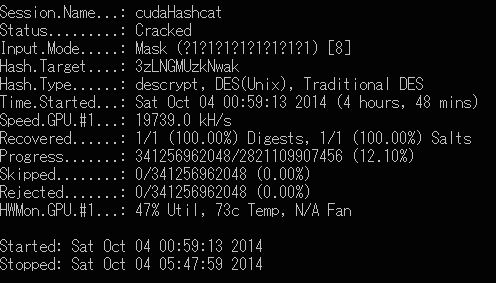The White House announced on Monday new initiatives to bolster computer science in K–12 education.
Citing the rapidly expanding demand for technology jobs, the Obama administration outlined new efforts by two federal agencies: The National Science Foundation plans to spend $20 million on computer science education in 2017, on top the the $25 million it spent in 2016, with an emphasis on training teachers.
And the National Science and Technology Council will create a framework to help guide federal efforts “to support the integration of computer science and computational thinking into K–12 education,” according to Monday’s release.
The two agencies’ efforts, it said, will complement the Obama administration’s wider efforts to expand science, technology, engineering and math (STEM) in education.
The White House announcement comes in conjunction with new commitments to computer science education by 250 organizations, including Bootstrap, STEMteachersNYC and the American Association of Physics Teachers.
Other announcements include Google’s new computer science career prep program for college students and the University of North Texas’s partnership with the Perkins School for the Blind and the California School for the Blind.
Computer science is playing an increasingly large role in STEM — nearly two-thirds of all STEM jobs require computing skills. Despite the large need and an overwhelming desire by parents for their children to learn computer science, only about 40 percent of schools offer classes on the subject.
Source: White House announces boost to computer science education | TheHill
